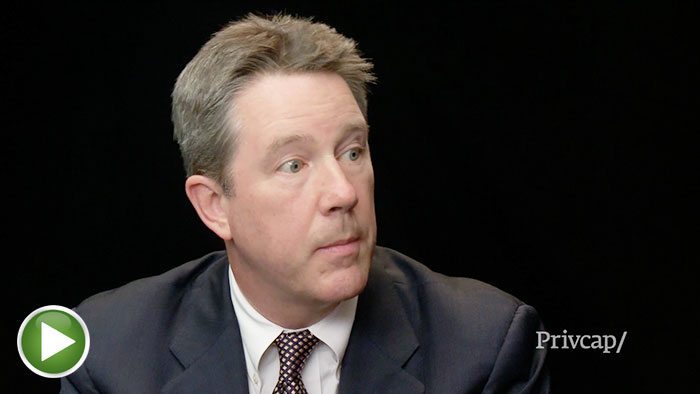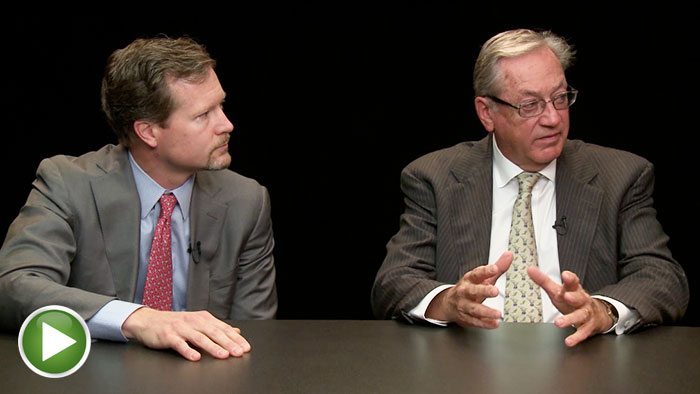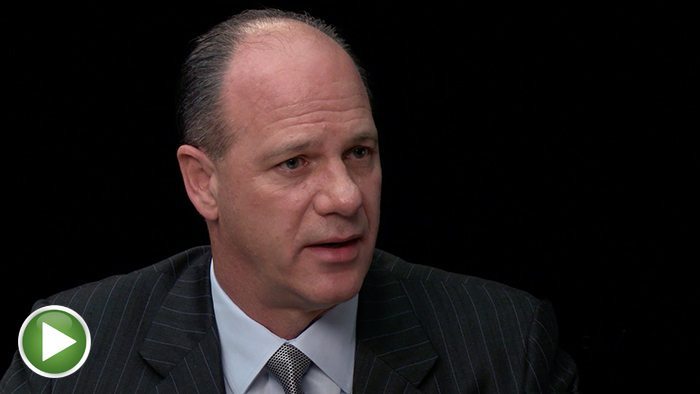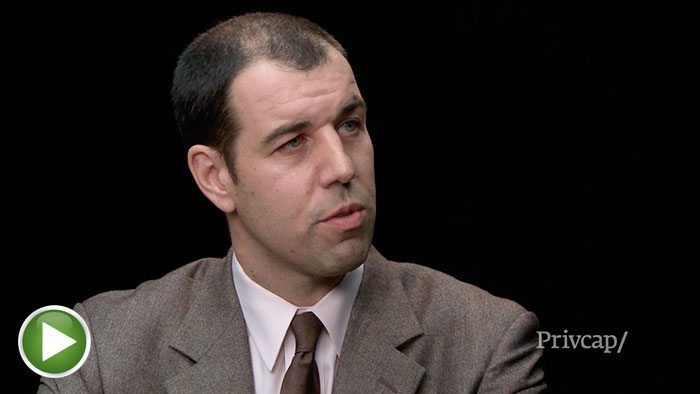Preparing for an “Intense” Sale Process
On both sides of the Atlantic, the process of preparing a private equity portfolio company for exit is becoming more and more intense, requiring a more carefully planned out strategy, says Philippe Leroy, a partner on EY’s Transaction Advisory Services team.
Transcript Download Transcript
Preparing for an ‘Intense’ Sale Process
With Philippe Leroy of EY
David Snow, Privcap:
Today, we are joined by Philippe Leroy of EY. Philippe, welcome to Privcap. Thank you for being here.
Philippe Leroy, EY:
Thank you David, I’m glad to be here.
Snow: We are talking about creating value in private equity. It’s a big topic and there are a lot of parts to it. You specialize in a very important aspect of value creation towards the end of an investment cycle, which is preparing for the exit. The world of exits has changed quite a lot in recent years I’m going to guess and I’d love to hear from you about what the current state of the exit market is and what GPs need to understand about getting ready to maximize the value of their investments.
Leroy: That’s right David. The market has changed. First off, there is a lot of private equity that have held portfolio company for more than the usual 5 to 6 years and the stats show that that 50 percent of these portfolio companies have been held for more than 5 to 6 years now. So, the exit is fairly high in the agenda of the private equity and as we see the market evolve, financial engineering only goes so far and more and more you’re going to see private equity focusing on operation, value creation and exit becomes a more and more important part of this overall value creation process.
In the past, in a very good deal environment, you could expect to put your asset on sale, have a bidding contest and get the valuation you were expecting. Now, it’s going to be more and more important if you really want your optimized value to not only put the asset on sale but also really prepare before the sale and avoid any surprises.
Snow: What are some of the challenges, or the considerations that need to be thought of as you get closer to an exit? For example, is there a more intense form of buyer due diligence that takes place running up to the sale process?
Leroy: I think the sophistication of the buy-side diligence is such that you cannot expect that the buyer will not identify all the diligence issue and the idea is, there is nothing worse than entering a diligence period and have the buyer identify issues and pretty much retread the deal, renegotiate the deal. What we’re seeing in our client and in the more and more sophisticated private equity firms, some of the bigger, larger private equity is to consider sale-side diligence and what it means is that they will anticipate the buyer diligence by doing their own diligence six months before the sale, which will allow them two things, to prepare the information, the data and to make sure there is a consistency in the sets of data for the buyer. As you go through this process, you would be in a position to identify the type of value problem or liability or exposure that the buyer will find and as you do that, you can have a negotiation matrix and pretty much setup your position from a deal standpoint how do you want to position this exposure and those risks.
Snow: Is the increasing intensity of due diligence also something that affects the management team or the portfolio companies? Does it become a distraction and how can people prepare for that?
Leroy: That’s a great question. Management, it’s a little bit of a whirlwind for them. Whoever’s been on the sale-side of a company, typically it comes up with describing the process as gruesome and very difficult. You have to imagine that the CFO is going to have to prepare for multiple management presentations, multiple Q&As and will have a lot of different data requests. If they’re not prepared properly, management is not going to be able to manage the sales process and manage the business. Some of our clients have told us horror stories where you have a management team that is so consumed by the sale-side process that the business is not taken care of and the longer the process is, you can see a slippage in revenue, you can see the plan not being rich and that’s all the more ammunition for the bidder to renegotiate the deal.
Snow: EY is a global firm. You’re based here in New York but you also have a lot of knowledge of the European exit markets. What is different about the way companies prepare for an exit in Europe? There’s something called vendor due diligence there?
Leroy: Yeah, you’re right David. The European market has this vendor due diligence document and what it is, is the seller has an accounting firm prepare a document that will be provided to each of the potential buyers and there will be, what we call, duty of care, where the liability and the responsibility of this report will transfer to the buyer. It’s a product that is legally binding and has been pretty much required in the European market to do sale-side.
It does not exist in the U.S. market and probably for legal reasons, is not doing this vendor due diligence type of report. However, what we’re seeing here and what we’ve been seeing over the last 2 to 3 years is really supporting our client. What we’ve been doing is supporting our client in the sale process. It doesn’t matter what the report is, it’s really about making sure the number makes sense, making sure you identify the issues and the more complexity there is, the more that it is important.





